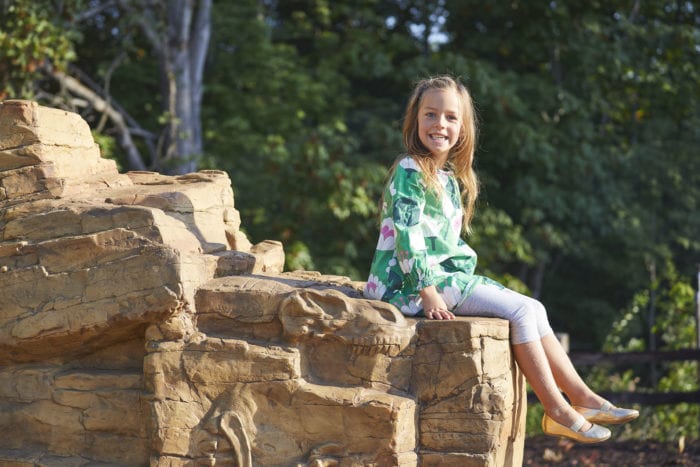Connecting with people is important for mental wellness, but that is made harder with physical distancing protocols. In a time of necessary adaptation, people have re-discovered the power in connecting with nature and its restorative benefits, especially in parks. Simply put, our parks are a fundamental asset now more than ever. As landscape architects, we consider them as essential workers for our communities, providing us with the mental and physical medicine needed to remain grounded in an unsettling time.
During the COVID-19 Stay Home; Stay Safe order, people have been forced to think of space in different ways. Pre-pandemic, our indoor spaces served as places for relaxation and socializing with our family and friends. With the potential risks indoor interaction now pose, we must rethink how we can comfortably interact with one another. While our desire to connect hasn’t diminished, the safe places and activities to do that have.
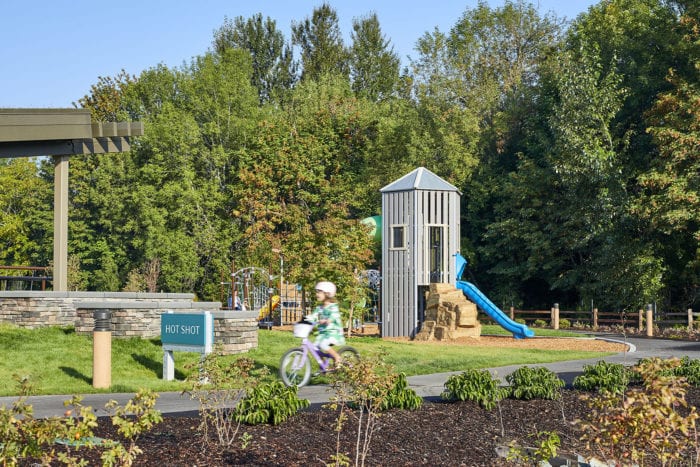
Just weeks prior to the COVID-19 Stay Home; Stay Safe order, BCRA began assessments of more than 50 athletic playfields with Seattle Parks and Recreation. Our work consisted of evaluating playfields on their overall condition, ADA infrastructure, grading and drainage, and user activity and demographic to identify and prioritize parks in need of rehabilitation. We did not anticipate the level to which these fields would soon become public sanctuaries where people went for respite and connection.
Following the required safety precautions, our field assessment work has continued through the shut down because the City of Seattle understands the critical role that parks play in community and individual well-being. People have adapted and redefined their experiences in order to remain connected to a place that nourishes their minds and bodies.

We’ve observed that people are more aware and intentional about their time outside. The sounds of focused conversations, distant laughter, and unstructured play provide comfort as we all adjust to the “new normal” distancing. Users circulate through space alert and respectful, and they assert care for themselves and others through gestures, eye contact and spatial awareness. These sensory experiences keep us social, enhance empathy as we work together as a community and illustrate how we are all “in this together.”
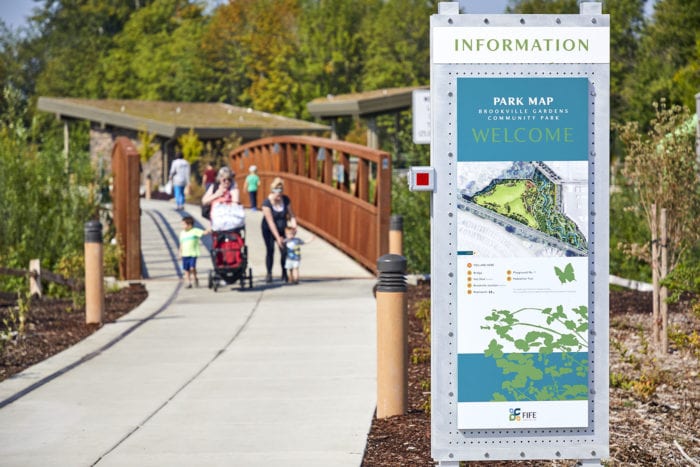
We see a terrific opportunity in our parks. These spaces remain constant and stand as familiar, recognizable, and safe places beyond the confines of our homes. They connect us to each other and are integral to unifying our communities and keeping them vibrant. As our parks take a rest from organized sports and playground activity, we can still enjoy them in smaller, more creative doses. Let’s continue to play amongst the trees, the wildlife and open grass fields, breathe in that fresh PNW air and interact with the quieter world around us.
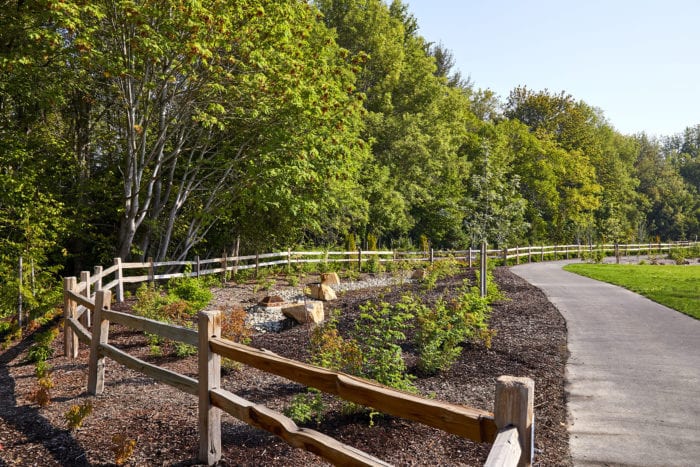
While our parks continue to evolve as extensions of our homes, as designers and creative thinkers, it is our responsibility to re-imagine their roles and existence within our urban network. We need to remain focused on re-discovering them with a new lens, and see them as flexible, multi-purposeful and understand the wealth of potential they provide us with. After all, an athletic field no longer serves as a singular use. We can re-define this space with expanded use and increased activity and explore the potential for outdoor learning.
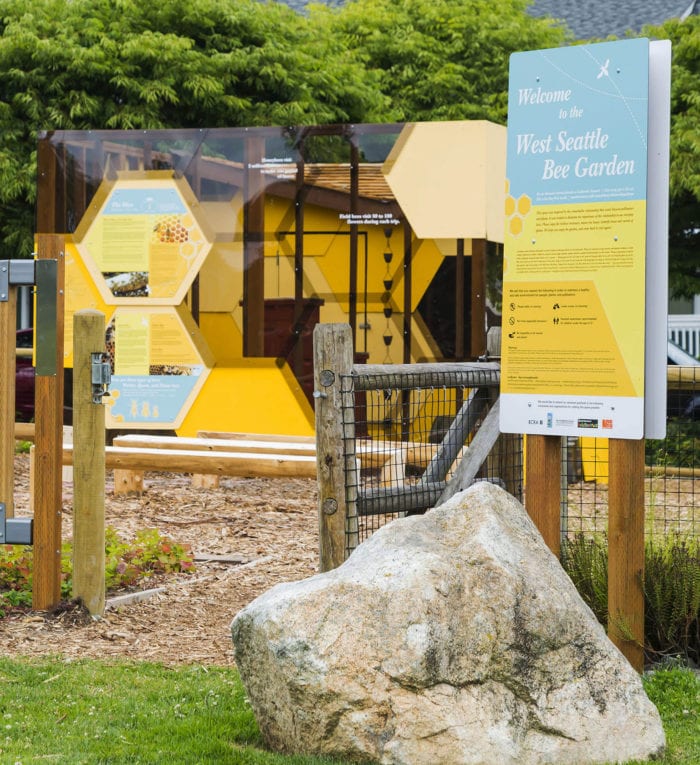
We believe our parks system holds a myriad of opportunity that will sustain our health and well-being. We can use our parklands to complement traditional school classrooms by taking learning to outdoor settings and balance structured curriculum with the mental, and physical perks of the exterior, natural elements. We ask all of you to unlock the potential in our natural and cultural landscapes in order to resume life with consonance, balance and sustainability.
